東向きの私の居室の窓からは筑波山が見えます(写真1)。西側(左)の男体山(標高871m)と東側(右)の女体山(標高877m)の2つの頂を持つ独立峰で、柏キャンパスからは北東の方角に見えます。私は柏キャンパス近隣の出身で、筑波山には小学校と高校の遠足で登りました。
北に目を向けると、日光の男体山(標高2,486m)が見えます(写真2)。成層火山で、上が少し広い特徴的な形をしています。中禅寺湖の湖畔に聳えている山です。
西には、北側(右)の斜面がスパッと削られたような奇妙な形をした山が見えます。秩父の武甲山(標高1,304m)です(写真3)。武甲山は遠い南の海でサンゴからできた石灰岩の塊で、太平洋プレートによって運ばれてきました。セメントの原料となる石灰石の採掘が今でも行われており、北側の斜面が採掘により削られてこのような形になっています。武甲山の北側にある羊山公園から見ると、こんな様子です(写真4)。
最後は何と言っても、日本一の山 富士山(標高3,776m)。柏キャンパスからは西南西の方角に見えます。柏キャンパスの正面入り口付近のキャンパス周回道路に図書館の方を向いて立つと良く見えたのですが、樹木が成長したためか、わかりにくくなってしまいました(写真5)。
研究の合間に、皆さんもちょっと遠くの山に目を向けてみてはいかがでしょうか。
執筆にあたり、以下のwebサイトを参考にしました。
「ピタゴラス柴又学派 東京から見える山」
https://www.schwaben.jp/northmountain.html
写真2:生命棟6階から見た男体山
写真3:生命棟6階から見た武甲山
写真4:羊山公園から見た武甲山
写真5:柏キャンパス周回道路から見た富士山
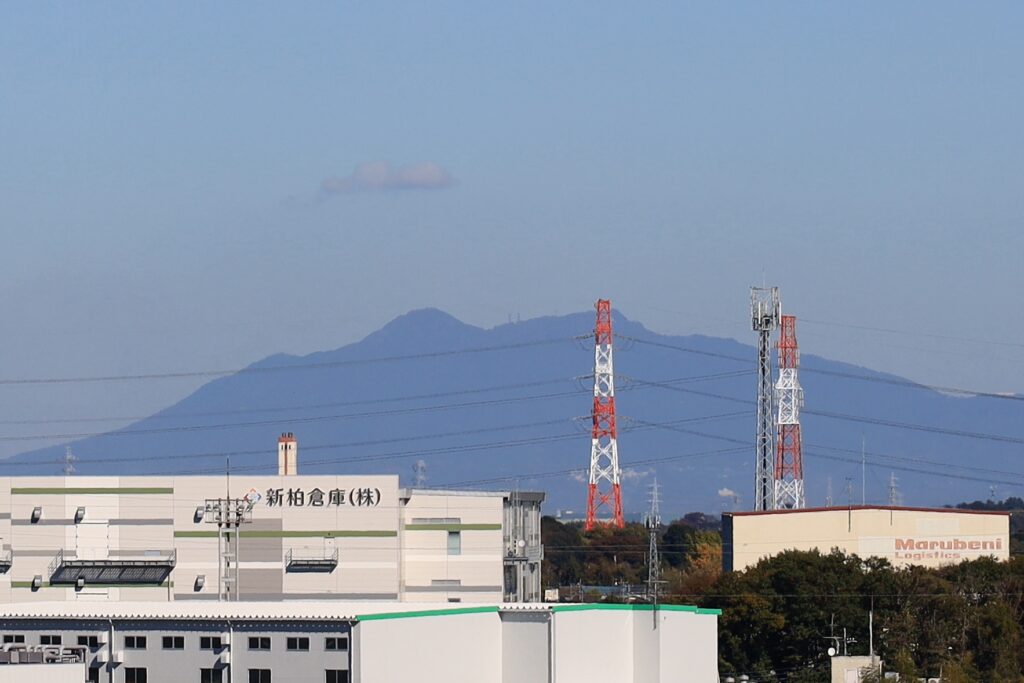
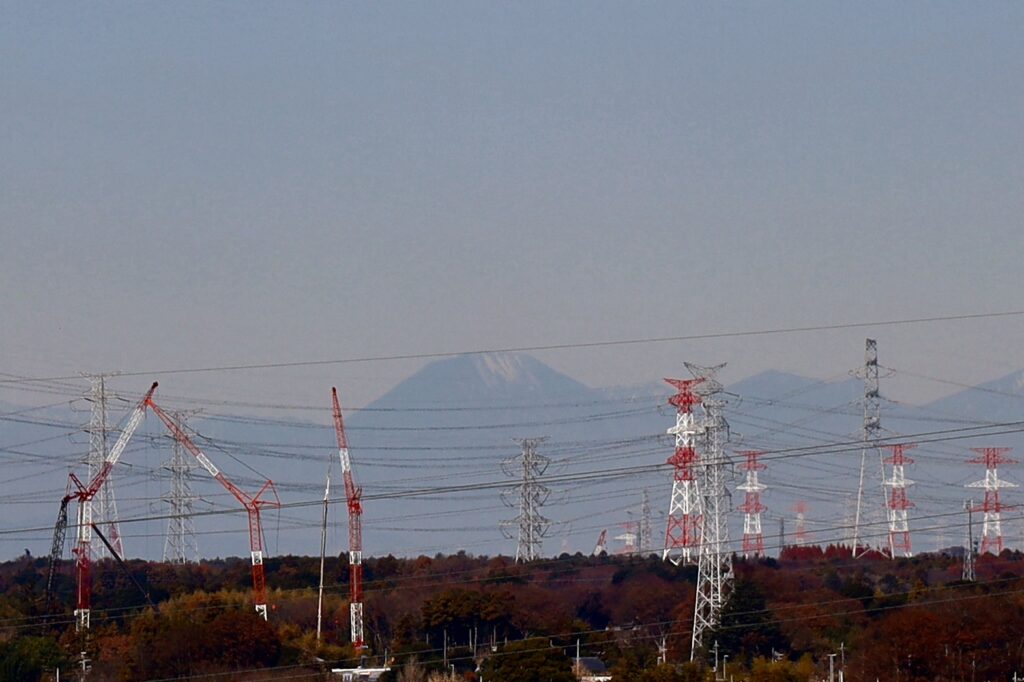
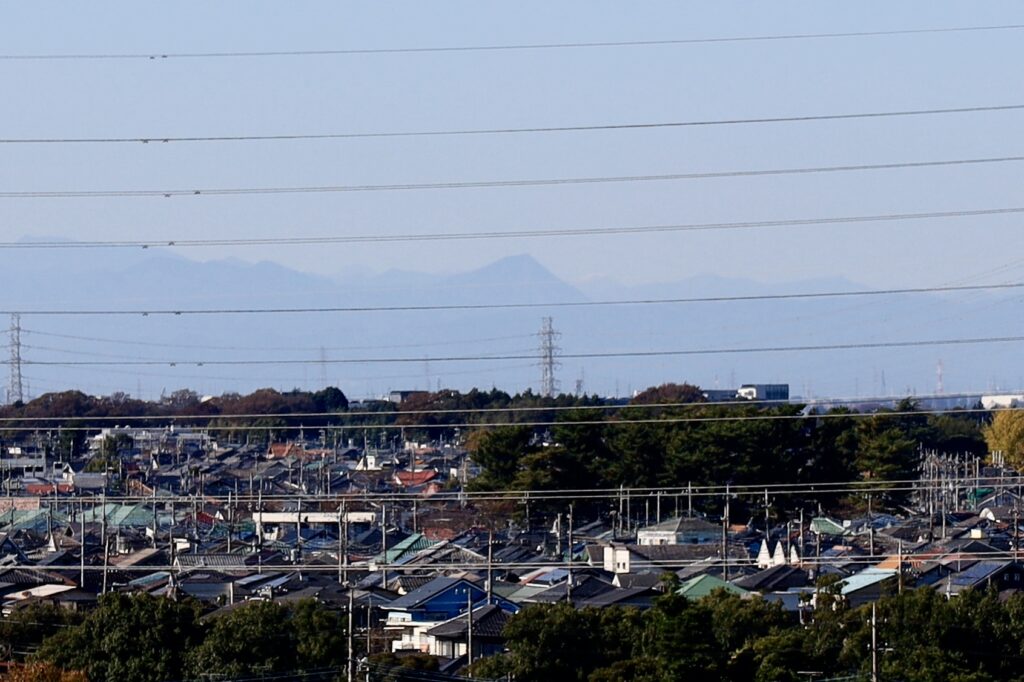
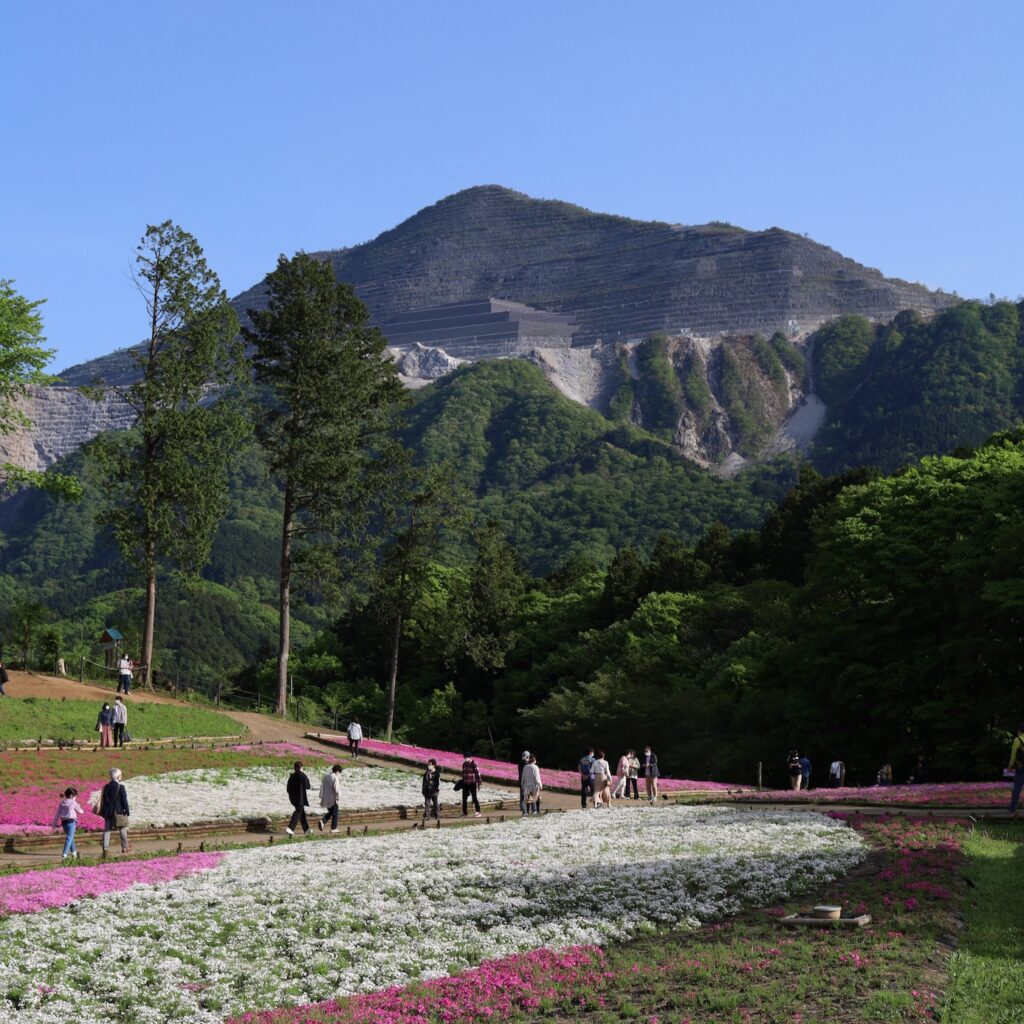
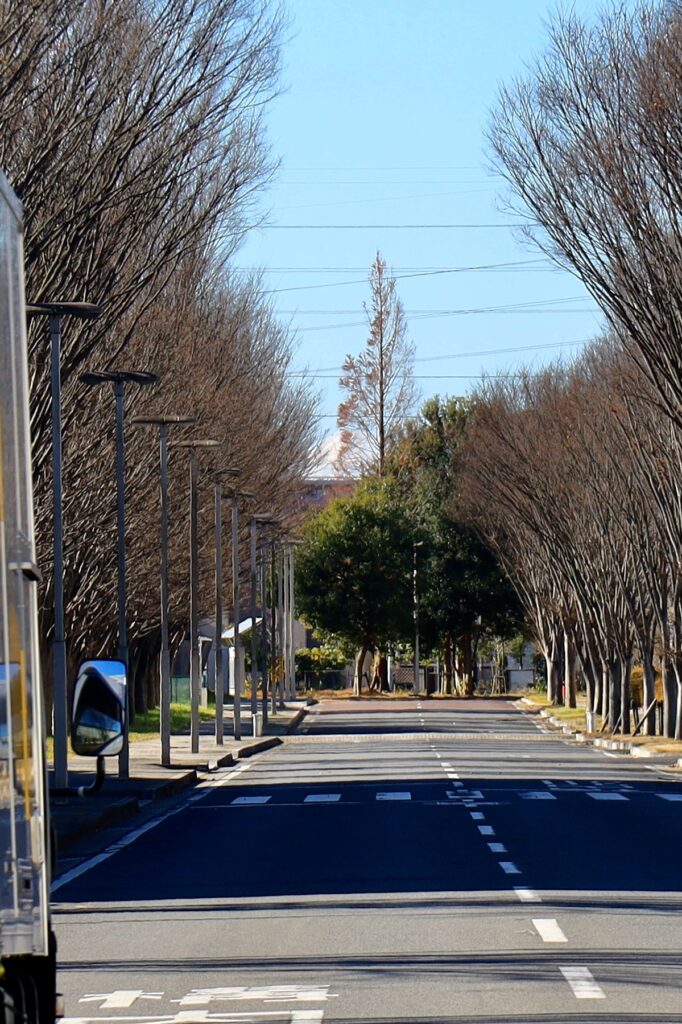
♦ January issue
♦♦ Department of Integrated Biosciences
♦ ♦♦ Matsumoto Naoki, Associate Professor
Spending long hours in front of a computer screen really tires out one’s eyes, doesn’t it?
When it happens to me, I look out the window and gaze into the mountains in the distance.
In this issue, I will introduce some mountains that can be seen from Kashiwa Campus, which have distinctive and easily recognizable shapes for anyone who knows.
From the East-facing window of my room, Mt. Tsukuba can be seen(Photo1)。
From Kashiwa Campus, in the Northeast direction, Mt. Tsukuba has two independent peaks that can be seen: Nantai peak (elevation 871m) on the West side (left) and Nyotai peak (elevation 877m) on the East side (right). I, having grown up near Kashiwa Campus, climbed Mt. Tsukuba on several fieldtrips in Elementary and High school.
Turning our eyes to the North, Mt. Nikko’s Nantai peak (elevation 2,486m) can be seen (photo 2). As a stratovolcano, it has a distinctive shape that is slightly wider at the top. The mountain towers by the shores of Lake Chuzenji.
To the West, we can see an unusually shaped mountain with its northern slope (on the right) steep as if it had been sliced off. This mountain is called Mt. Buko (elevation 1,304m) (photo 3). Mt. Buko is a limestone mass formed from coral in a distant southern sea and was carried here by the Pacific Plate. Limestone, as a raw material of cement, continues to be mined here to this day, and the sharp slope on the northern side formed due to excavation activities. Looking out from Hitsujiyama park on the northern side of Mt. Buko, the view looks like this (photo 4).
Last but certainly not least, we have Japan’s number one mountain, Mt. Fuji (elevation 3,776m). Mt. Fuji can be seen in the West-SouthWest direction from Kashiwa Campus. It used to be very visible, when you stand on the campus loop road near the main entrance of Kashiwa Campus, facing the library, especially in winter season. However, perhaps due to the growth of trees, it has regrettably become harder to see. (photo 5)
When you take a break from your research, how about taking a moment to turn your eyes toward the distant mountains?”
In writing this column, I referred to the following website.
“Mountains visible from Toyko” by Pythagoras Shibamata School
https://www.schwaben.jp/northmountain.html




